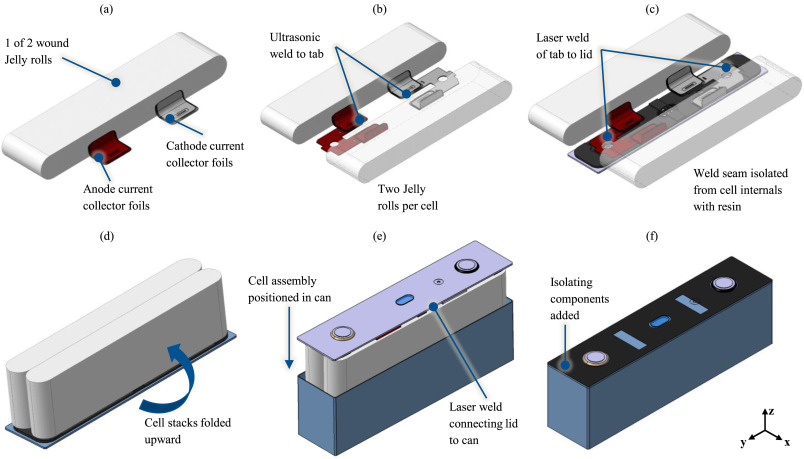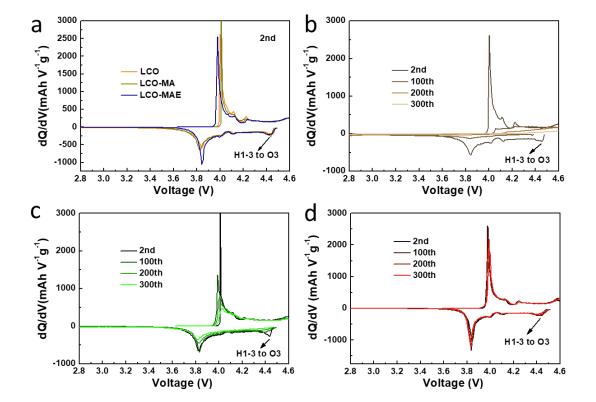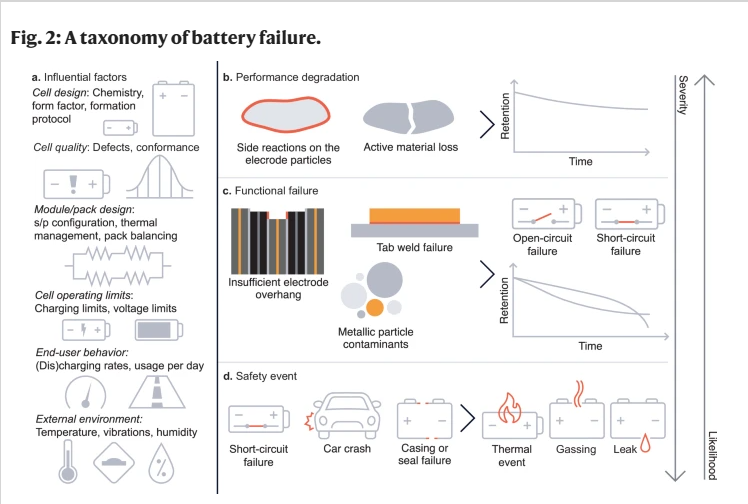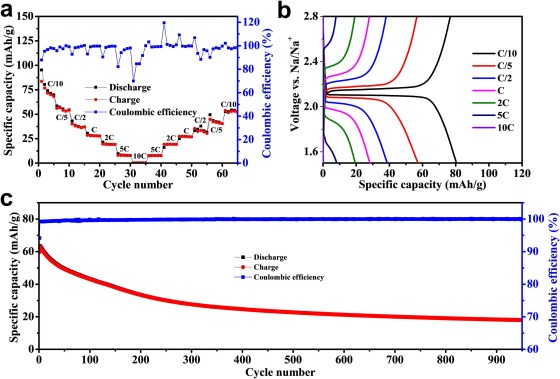
Cell teardown and characterization of a CATL LFP prismatic battery from a Tesla Model 3
Cell teardown and characterization of a CATL LFP prismatic battery from a Tesla Model 3 🔋 What batteries are used in the Tesla model 3? The Model 3 initially used the same 18650 cylindrical NCA battery packs as the Model S and Model X. After that, Tesla iterates with new batteries. The batteries used by Tesla include 21700 cylindrical NCA battery cells made by Panasonic and other manufacturers. This battery is used in the vast majority of performance and remote versions of the Model 3. Tesla is also using 21700 cylindrical nickel-cobalt-manganese (NCM) batteries, which are used in Tesla cars manufactured in China and Berlin. In addition, Tesla has





